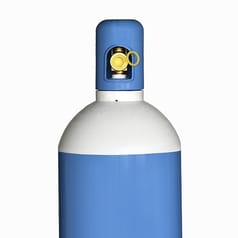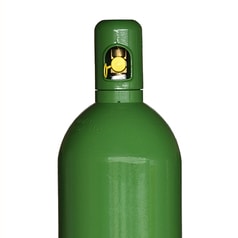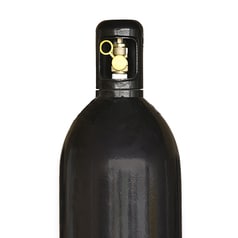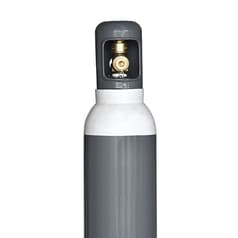Pour bénéficier d’un affichage optimal de la boutique en ligne de PanGas, vous avez besoin pour le navigateur de la version minimale suivante:
• Internet Explorer 9.0
• Mozilla Firefox 38
• Safari 8
• Chrome 45
Veuillez vous assurer que JavaScript est activé dans les paramètres de votre navigateur.
Demonstrated increases in productivity and efficiency throughout the aluminum industry value chain
Melting is one of the core steps in processing secondary aluminum. This step is highly energy intensive and has a significant impact on both the productivity and total cost of your aluminum production. With Linde's applications, you increase productivity, yield and quality while reducing energy consumption and emissions.
More information
LTOF - Low-Temperature Oxyfuel Combustion Technology
This industry-leading technology works as follows: Low-temperature Oxyfuel combustion technology dilutes the burner flame by recirculating combustion gases into the flame, lowering the flame temperature.
Key features
- More homogeneous heating of the furnace
- Higher productivity
- Energy savings and reduction of CO2 emissions
- Higher yield due to less dross
- Extremely low NOx emissions
WASTOX combustion process
The WASTOX® combustion process allows combustible materials loaded with the base material to be burned directly in the melting furnace. Depending on the requirement, additional oxygen is added to the furnace via lances.
Key characteristics
- Allows a higher content of combustible materials in the feedstock
- Control of the melting process and emissions
- Lower energy consumption by utilizing the energy content of the combustible materials
- Suitable for any furnace
ALUMELT WASTOX®
WASTOX® represents a combination of oxygen burners with WASTOX® oxygen lances, which break down toxic pollutants directly in the furnace. The WASTOX® control panel simultaneously controls the oxygen lances and the oxygen burner to burn unburned hydrocarbons and/or carbon monoxide (CO) directly in the furnace. Linde's laser system provides process-coupled measurement of flue gas composition. Organic contaminants in the scrap replace fossil fuels.
By determining the composition of the flue gas, WASTOX® supports the accurate process-dependent control of the combustion process. With more than a decade of experience in the development and application of WASTOX® technology, Linde is the undisputed innovation leader in this field. This patented and versatile system is successfully used by many customers worldwide, both in rotary kilns with continuous gas flow ("single pass") and in rotary kilns with gas flow through the charging door ("double pass", as in the URTF).
Studies by Linde and aluminum partner companies to determine maximum combustion efficiency have shown that fuels react more effectively in a pure oxygen stream than in an oxygen-enriched flame. In trials of recycling used beverage cans with a pure air/fuel burner, 20-50% of the adhering carbon compounds (paint, coatings) were emitted as volatile organic compounds and as carbon monoxide CO. Over-stoichiometric operation with oxygen burners reduced these emissions to 1%. With the WASTOX® oxygen lance and stoichiometric operation of an oxygen burner, even an almost complete combustion with an emission value of less than 0.01% was achieved.
AIROX® Combustion Technology
Our AIROX® combustion technology allows furnace operators to easily switch between oxyfuel burner operation during the melting process and burner operation with air or oxygen-enriched air during the holding phase.
Key features
- Flexibility through easy change of burner operation from melting to holding phase
- Higher melting capacity compared to ordinary air burners
- Lower energy consumption
- Less CO2 emissions
Flushing of melt with technical gases
Flushing melt with nitrogen, argon or chlorine/nitrogen mixtures creates a bathing motion in the furnace. This homogenizes the melt, reduces the dissolved hydrogen content and, by reacting with chlorine, removes unwanted alkali or alkaline earth metals and other solid impurities from the melt.
Key features
- Temperature homogenization of the melt
- Improved heat transfer in the melt
- Quality improvement of the melt for the subsequent casting process





